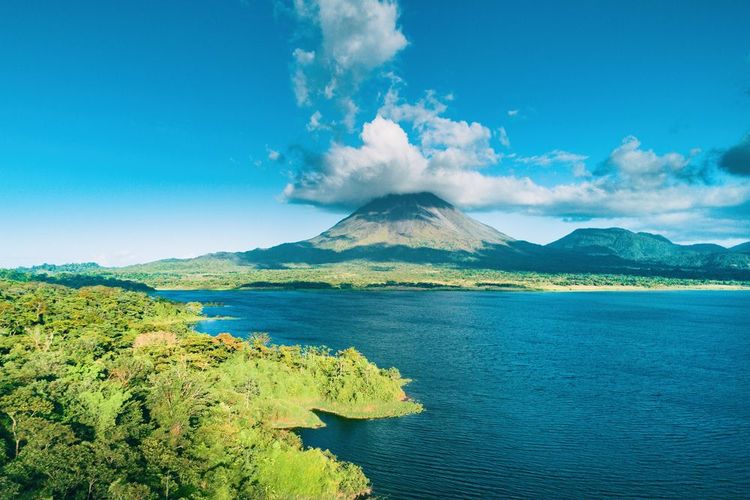Isla del Caño is a small island in the Ballena Marine National Park on Costa Rica's Pacific coast. Located 20 km south-west of the town of Dominical, the island is approximately 3.5 km long and 1.5 km wide, with a total surface area of around 300 hectares. The surrounding area is considered to be one of the most biodiverse areas of the ocean in the region, with a wide variety of marine flora and fauna. In fact, Isla del Caño is a protected area managed by the National Parks Service (SINAC).
Cano Island is a must-see destination for nature lovers and diving enthusiasts. Situated on the Pacific coast of Costa Rica, this small island and biological reserve offers crystal-clear waters teeming with an incredibly varied marine fauna. Beginners and experienced divers alike can swim with manta rays, whale sharks and sea turtles. Visitors can watch the migration of humpback whales and whale sharks between July and October and from December to March. The curious can also explore unique underwater rock formations and mysterious shipwrecks. If you prefer to keep your feet on the ground, the island is home to dense jungle dotted with a multitude of hiking trails, with a wide variety of mammals, birds and exotic plants. This island, a symbol of ecotourism and untouched by construction, is a natural sanctuary for Costa Rica's biodiversity.

Costa Rica's pristine and protected Isla del Caño
- © Duarte Dellarole / ShutterstockIsla del Caño, a completely unspoilt island
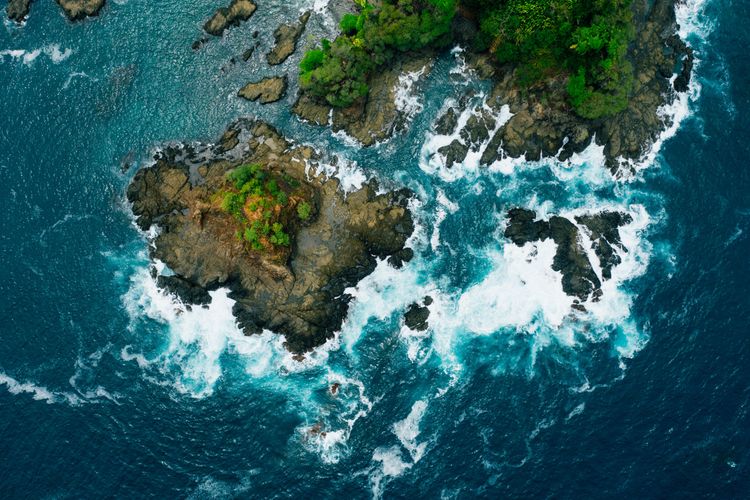
Part of Isla del Caño
- © Duarte Dellarole / ShutterstockThe island of Caño is of volcanic origin. Its topography is mountainous, with hills rising to around 120 metres above sea level. It is covered in dense tropical rainforest, home to a wide variety of endemic species. The island's coastline is lined with pristine white sand beaches. These are important nesting grounds for sea turtles, particularly leatherbacks and green turtles, which come to lay their eggs on the island's beaches every year.
The Ballena Marine Park: a highly protected area
Some Costa Rican species are endangered due to illegal fishing and marine pollution. These phenomena lead to the destruction of their natural habitats. The creation of the marine park is the result of collaboration between the Costa Rican government and environmental organisations. Both parties worked together to raise awareness among locals and tourists of the importance of this area, particularly as a nesting site for sea turtles.
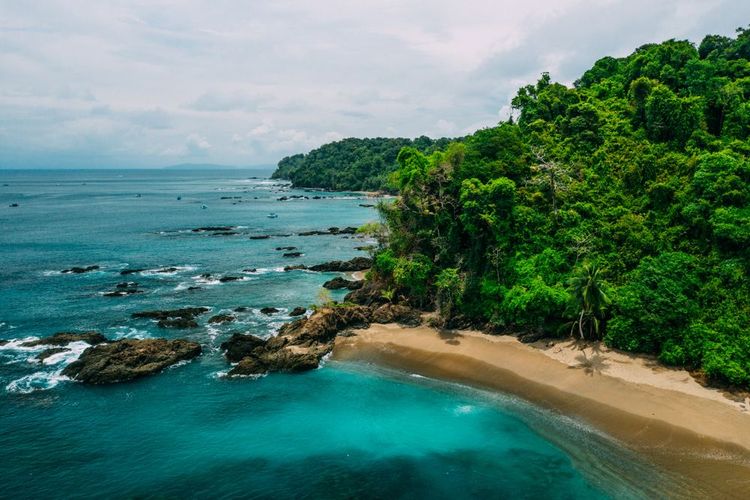
The pristine beaches of Costa Rica's Caño Island
- © Duarte Dellarole / ShutterstockBallena Park is crucial to the preservation of Costa Rica's marine and terrestrial biodiversity. It is a key player in the protection of endangered species such as sea turtles, humpback whales and sharks. Although this initiative is a major step forward in the conservation of biodiversity, there is still much to be done to ensure the long-term survival of certain species.
Ecotourism: travelling with respect
To protect the island from human impact, certain rules have been put in place. Once you set foot on Caño Island, you are not allowed to smoke, consume alcohol, stray from established paths or sleep on the island. Since its creation, the Ballena Marine National Park has become a popular destination for environmentally conscious tourists looking to discover Costa Rica's exceptional biodiversity. Access to the island is regulated to preserve its fragile ecosystem and ensure its sustainability for future generations.
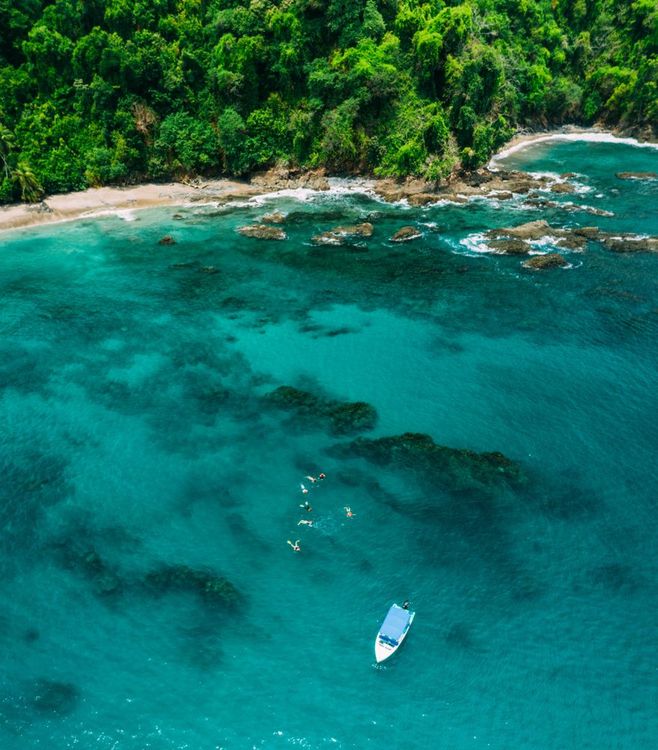
L’isla de Caño est protégée pour préserver sa biodiversité
- © Duarte Dellarole / ShutterstockScuba diving, hiking and exploring Costa Rican flora and fauna
🤿 Scuba diving
There are 5 dive sites on the island of Caño. Each is teeming with caves, tunnels and underwater cliffs. Only 10 people are allowed to dive at each site at any one time, promising an authentic experience. The warm, crystal-clear waters are teeming with colourful marine life, including manta rays, whale sharks, sea turtles and schools of tropical fish. Unique underwater rock formations and wrecks offer unforgettable diving experiences.
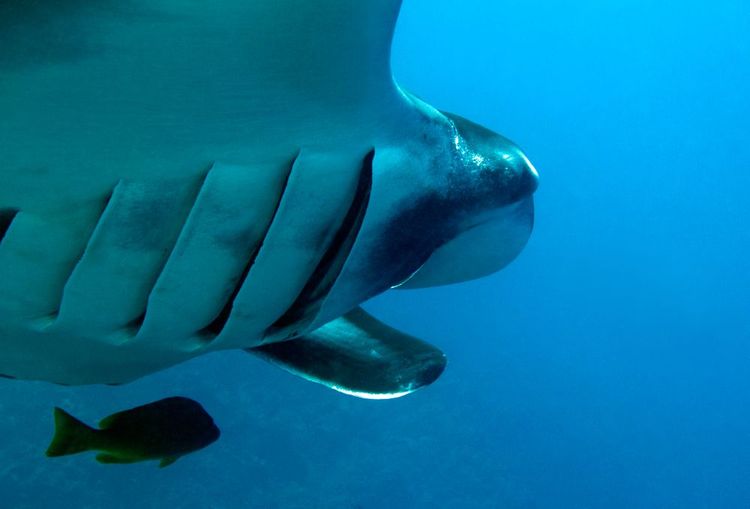
Manta ray near Cano Island
- © Daniel Lamborn / Shutterstock🥾 Hiking and exploring
Cano Island's terrestrial ecosystem is an ecological treasure trove. The dense jungle is home to a wide variety of mammals such as howler monkeys, coatis and sloths. Colourful birds, snakes and lizards can be seen on the hiking trails. The trees and plants are an exotic mix of palms, orchids, bromeliads and tree ferns.
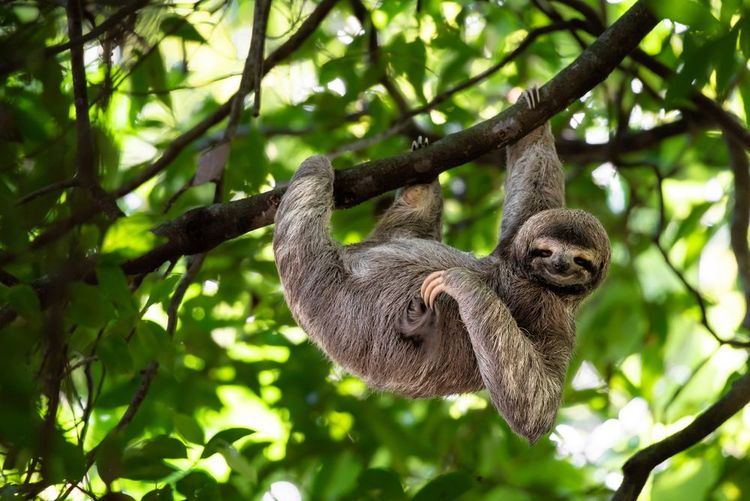
Les paresseux du Costa Rica
- © Lukas Kovarik / ShutterstockMegalithic spheres on your walk
Dating back to pre-Columbian times, stone spheres are scattered all over the island. Difficult to date, these monuments bear witness to the mysterious past of the isla de Caño.
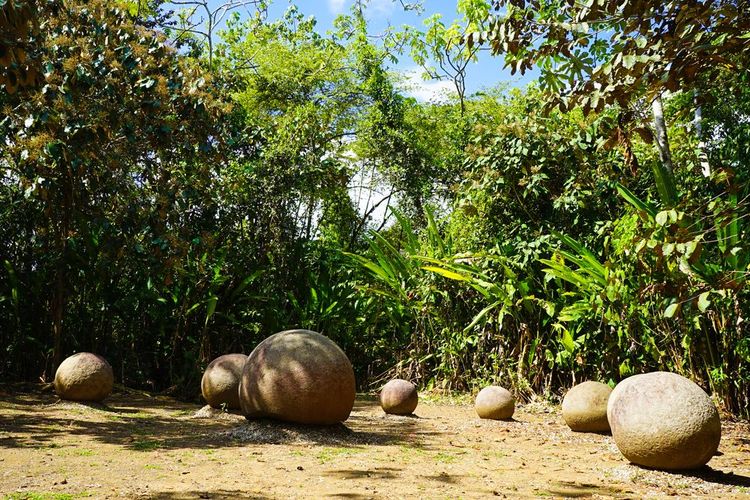
Megalithic spheres date back to pre-Columbian times
- © Inspired By Maps / ShutterstockWhere to sleep nearby?
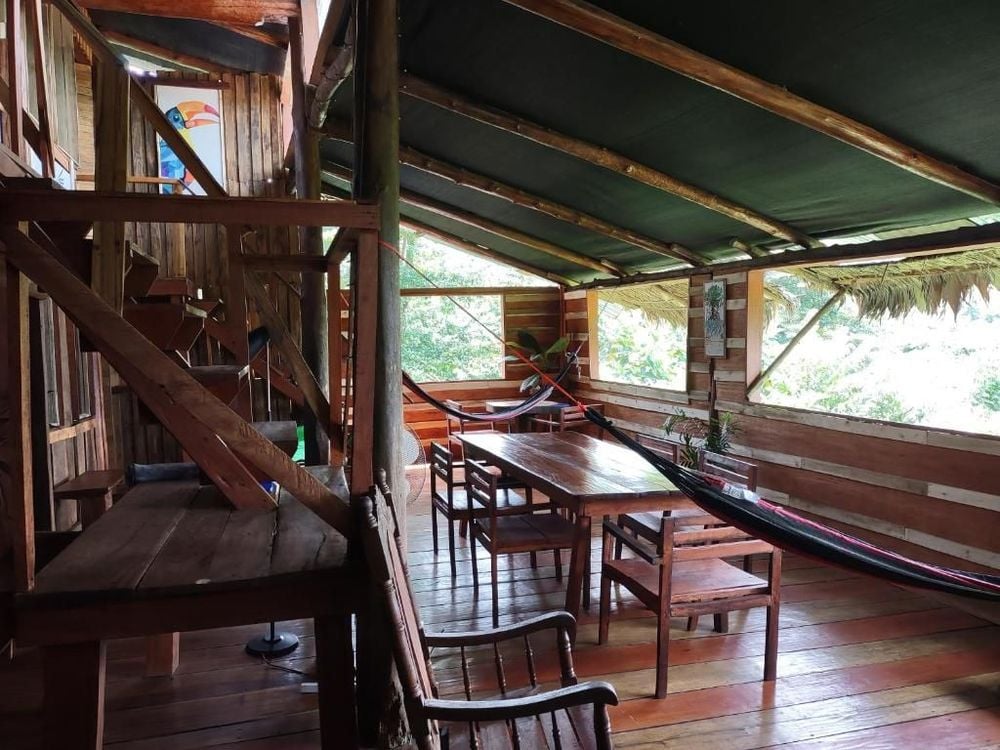 Costa Rica
Costa Rica
Barba Negra Adventure House
Charming holiday home with 3 bedrooms, living room, dining area and well-equipped kitchen with oven. It also has a gardenPractical info
🏝️ How do you visit Isla del Caño?
As you will have gathered, access to the island is regulated in order to protect its ecosystem. To visit Isla del Caño, you need to book an excursion with an approved local tour operator. Excursions usually include snorkelling, scuba diving, rainforest trekking and guided wildlife tours.
Excursions depart from the coastal towns of Sierpe, Dominical, Bahía Drake or Uvita. Although it's not possible to sleep on the island, you can stay in the ecological lodges located in the area for a more immersive experience.
👉 Where should you book your excursion?
It's imperative to book in advance as only 200 people are allowed on Caño isla per day. Trips run from 8am to 1am and from 11am to 3pm. Bookings and payments are made directly on the official SINAC website.
👛 How much does it cost?
Foreigners must pay USD15 to access the island, USD5 for children aged 2 to 12. There is an additional charge of USD 4 for diving, not including the cost of the tour operator.
